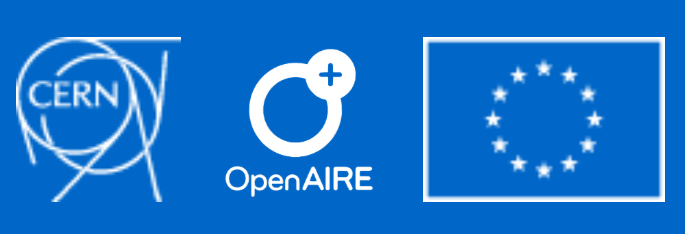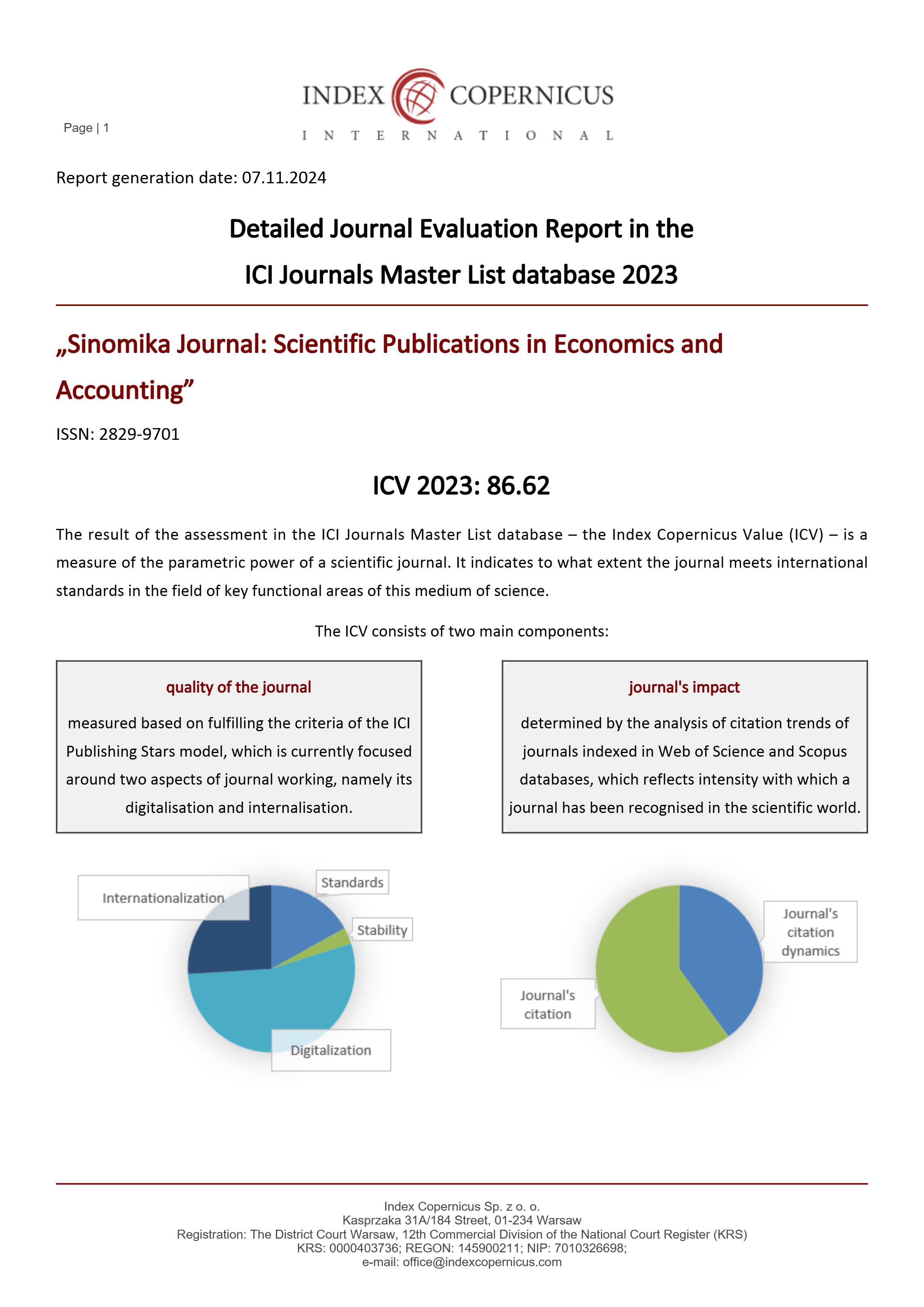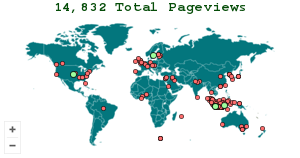The Influence of Work Discipline and Leadership on Employee Performance with Employee Work Motivation as An Intervening Variable at Airport Authority Office Region II Medan
DOI:
https://doi.org/10.54443/sinomika.v2i2.1226Keywords:
Work Discipline, Leadership, Work Motivation, Employee PerformanceAbstract
This study aims to see the effect of work discipline and leadership on employee performance with employee work motivation as an intervening variable. Quantitative associative is the type of research used, this research was conducted at the Medan Region II Airport Authority Office. The research population was 96 employees, and the research took all the population into a sample with a saturated sample technique. The research model used is Path analysis and the measuring tool is Smart PLS 3.3.3. Data collection techniques were carried out by distributing questionnaires and surveys. Based on the results of the research that has been done and data analysis as explained in the previous chapter, the following conclusions are conveyed from the results of the research as follows: Work Discipline has a positive and significant effect on Employee Performance Work Discipline has a negative but not significant effect on Work Motivation. Leadership has no significant negative effect on employee performance. Leadership has no significant positive effect on work motivation. Work motivation has a positive and significant effect on employee performance. Work Discipline has an effect on Employee Performance through negative and insignificant Work Motivation. Leadership has a positive and insignificant effect on Employee Performance through Work Motivation. Work motivation has a positive and significant effect on employee performance. Work Discipline has an effect on Employee Performance through negative and insignificant Work Motivation. Leadership has a positive and insignificant effect on Employee Performance through Work Motivation. Work motivation has a positive and significant effect on employee performance. Work Discipline has an effect on Employee Performance through negative and insignificant Work Motivation. Leadership has a positive and insignificant effect on Employee Performance through Work Motivation.
Downloads
References
Ferine, Kiki Farida. 2019.13 Faktor Kinerja Sumber Daya Manusia. Cetakan Pertama.
Yogyakarta: Penerbit Ikatan Guru Indonesia (IGI) DIY
Ghozali, Imam. (2013). Structural Equation Modeling Metode Alternatif dengan Partial Least Square (PLS) Edisi 4. Universitas Diponegoro, Semarang.
Hair, J. F. et. al. 2017. A Primer on Partial Least Squares Structural Equation Modeling (PLS-SEM). SAGE Publications, Los Angeles.
Hasibuan, Malayu S.P, 2015. Manajemen Dasar, Pengertian, dan Masalah, Edisi Revisi, Bumi Aksara: Jakarta.
Hasibuan. 2020. Manajemen Sumber Daya Manusia. Bandung: PT Bumi Aksara.
Kartono. 2013. Pemimpin dan Kepemimpinan, Jakarta: PT. Rajawaligrafindo Persada.
Rivai, V., & Sagala, E. J. (2018). Manajemen Sumber Daya Manusia untuk Perusahaan: Teori ke Praktik. PT Raja Grafindo Persada.
Rivai, Veithzal. (2020). Manajemen Sumber Daya Manusia untuk Perusahaan dari Teori ke Praktek. Cetakan Pertama. Jakarta: Murai Kencana.
Robbins (2015), Perilaku Organisasi, Penerbit Salemba Empat, Jakarta
Robbins, Stephen P., Timothy A. Judge. (2016). Perilaku Organisasi Edisi 16. Jakarta: Salemba Empat.
Sekaran, Uma. 2014. Metodologi Penelitian Untuk Bisnis (Research Methods for Business) Buku 1 Edisi 4. Jakarta: Salemba Empat.
Sugiyono. (2017). Metode Penelitian Kuantitatif, Kualitatif, dan R&D. Bandung: Alfabeta, CV.
Wibowo. (2014). Manajemen Kinerja. Edisi Keempat. Jakarta: Rajawali Pers.
Downloads
Published
How to Cite
Issue
Section
License
Copyright (c) 2023 Arya Dwipayana, Kiki Farida Ferine, Nuzuliati

This work is licensed under a Creative Commons Attribution 4.0 International License.

























